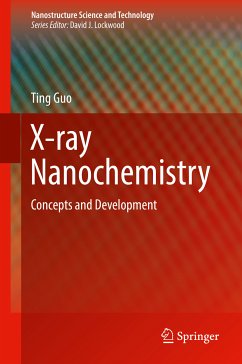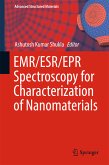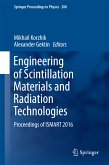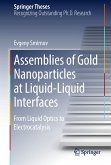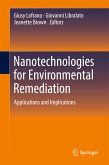This book describes the latest developments in the new research discipline of X-ray nanochemistry, which uses nanomaterials to enhance the effectiveness of X-ray irradiation. Nanomaterials now can be synthesized in such a way as to meet the demand for complex functions that enhance the X-ray effect. Innovative methods of delivering the X-rays, which can interact with those nanomaterials much more strongly than energetic electrons and gamma rays, also create new opportunities to enhance the X-ray effect. As a result, new concepts are conceived and new developments are made in the last decade, which are discussed and summarized in this book. This book will help define the discipline and encourage more students and scientists to work in this discipline. These efforts will eventually lead to formation of a full set of physical, chemical and materials principles for this new research field.
Dieser Download kann aus rechtlichen Gründen nur mit Rechnungsadresse in A, B, BG, CY, CZ, D, DK, EW, E, FIN, F, GR, HR, H, IRL, I, LT, L, LR, M, NL, PL, P, R, S, SLO, SK ausgeliefert werden.

